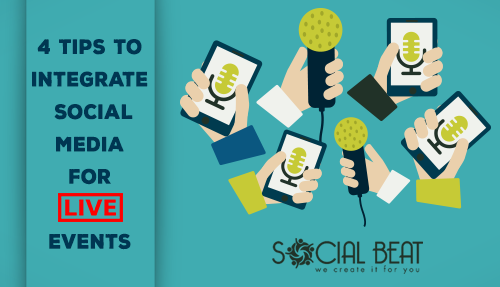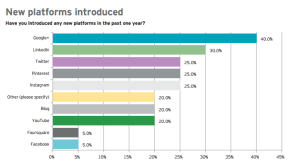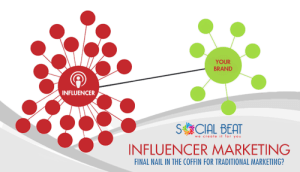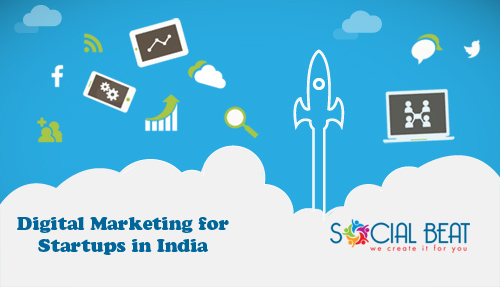Brands/Businesses conduct events with an end goal in mind. Charity & institutional brands would want to raise funds for a specific cause or movement. Conferences/Summits/Conclaves want participants to network and learn, in turn spreading a vision which is believed by a brand. And then there are launch, sporting, or gaming events which brands want people to remember, delivering recognition for talent.
Social media has become an essential part of events and has transcended into a real-time platform to showcase the happenings of an event and build awareness for the brand.
The following are 4 key essential tips that can be followed while providing live social media news feeds for an event:
1. Promoting The Hashtag: Create a unique/synonymous hashtag that can be treated as a signature for your posts, during the event. Use this hashtag in your creative and posts, as a method for your audience to engage with you and other audience throughout the duration/phase of the event. For example: The 2015 edition of the Murugappa Kovai Quotient Quiz which was promoted with the hashtag #MKQ2015, present in every news feed or conversation that happened during the event.
The launch of The Madras Song also stirred up conversations in platforms like Twitter where we trended hashtags like #TheMadrasSongs & #Madras375, which helped us spread the word and prompted people to share the video.
2. Make Your Feeds Entertaining & Engaging: One should make sure that the social media news feeds are catchy, informative, carry the essence of the event and have a strong call-to-action aspect embedded in the post. During the Murugappa Kovai Quotient Quiz, we asked interesting questions inspired by the questions put forth by the quiz-master on the dais.
3. Informing People About What They Are Missing Out On: Giving a glimpse about the happenings of the event is vital. It helps your audience to experience the event even if they are not physically present in the venue. We covered the outdoor activities which took place at the Murugappa Kovai Quotient Quiz, showcasing enthusiastic students who clicked pictures at a photo booth which was placed outside the auditorium.
We were also able to engage with a huge cluster of audience through live feeds at the Global Alumni Meet of Don Bosco, held at Egmore, Chennai.
4. Follow Conversations & Engage With Audience Even After The Event: Live social media news feeds generate a high influx of conversations. A live feed helps create a buzz at the event, prompting the crowd to engage in a conversation. It is very important that these conversations are tracked and addressed. Continuing the conversations with the audience even after the event will build credibility and will boost engagements in the forthcoming events. Our posts for Murugappa, during the Aircel Chennai Open 2015 built conversations that lasted even after the event’s closure.
In a dilemma to integrate social media for your events? We highly recommend that you do!










 (Image Courtesy – Ernst & Young)
(Image Courtesy – Ernst & Young)





